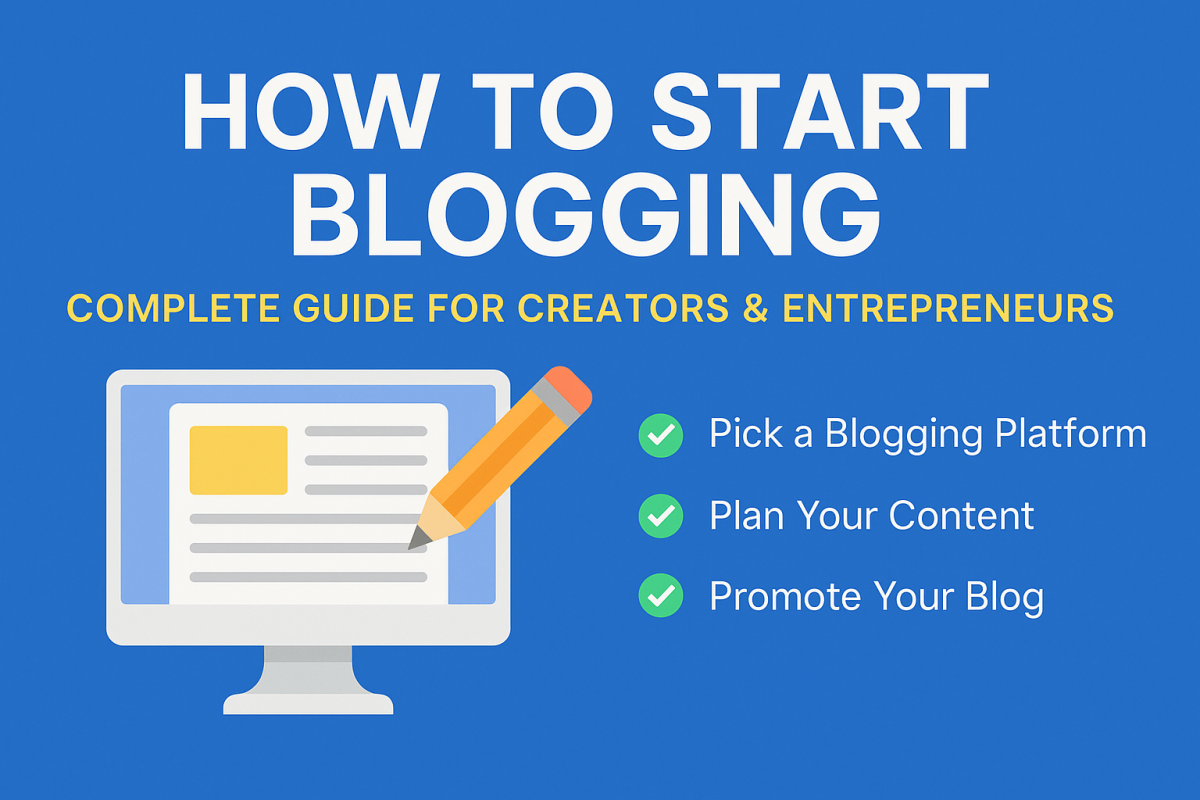Templates are powerful tools that help businesses save time, ensure consistency, and operate more efficiently. From crafting stellar presentations to managing complex projects, choosing the right template can make all the difference in your workflow. Yet, with the overwhelming variety available, determining which template suits your specific needs can feel daunting.
This guide is here to simplify the process. Read on to learn how to evaluate business templates quality, leverage customization options, and identify the scenarios where particular types of templates shine.
Why Templates Are Essential for Businesses
Templates provide a standardized framework that simplifies repetitive tasks. Teams using templates for their daily operations often experience:
- Improved Efficiency: Templates eliminate the need to start projects from scratch, letting you focus on execution.
- Consistency Across Tasks: Whether for branding or project reporting, templates ensure uniformity across all outputs.
- Time Savings: A well-designed template opens up more bandwidth for strategy and creativity by reducing grunt work.
Whether you’re an entrepreneur, manager, or freelancer, smart template choices can set the stage for smoother operations.

Key Considerations When Selecting a Template
Not all templates are created equal. Here are essential aspects to consider before committing to one.
1. Determine the Purpose
The first step is understanding the purpose of the business template. Ask yourself these questions:
- Is this template for internal use or external presentation?
- Will it be shared with clients, stakeholders, or team members?
- Does it need to serve multiple purposes, or is it task-specific?
For instance, a presentation for a client pitch requires a visually appealing and professional design. By contrast, an internal project tracking spreadsheet prioritizes functionality over aesthetics.
2. Evaluate Customization Options
No two businesses are identical, and templates need to reflect your unique brand or workflow. Prioritize templates offering flexibility in editing. Elements to check include:
- Editable text and visuals
- Color scheme adjustments to match branding
- Ability to add, remove, or reposition sections
For example, a marketing email template that allows you to insert your company logo and modify the content block layouts will work far better than one with rigid formats.
3. Check for Compatibility
Ensure the template is compatible with the tools or platforms your business uses. Here are a few considerations:
- Does a presentation template integrate with platforms like Microsoft PowerPoint, Google Slides, or Canva?
- Does a project management template work with Notion, Trello, or Monday.com?
- Are files in commonly accepted formats like .PDF, .PPT, .DOCX, or .XLSX?
Scenarios where compatibility becomes a gamechanger include collaborating across teams. For example, using a Google Slides template instead of PowerPoint ensures seamless access for everyone with a shared link.
4. Examine Template Quality
Quality matters, especially when templates are client-facing. Ensure they are:
- Visually Appealing: Designs should be sleek and professional.
- Error-Free: Avoid templates with incorrect formulas (in spreadsheets) or misaligned design elements.
- Structured: Look for logical layouts that make information easy to digest.
For instance, a well-structured invoice template ensures all important details—tax rates, itemized pricing, payment terms—are clear at first glance.
5. Pick Templates Relevant to Your Industry
Some industries require tailored templates to meet sector-specific needs. Use templates that align with your business goals and market best practices.
Examples by Industry:
- Real Estate: Interactive templates for virtual tours, property listings, and contracts.
- Healthcare: Appointment tracking sheets, HIPAA-compliant patient forms, or checklists.
- Tech Startups: Agile sprint planning templates, user persona documents, and funding pitch decks.
Customizable templates catering to your business niche reduce the risk of errors while improving operational accuracy.
Examples of Templates for Different Business Needs
1. Presentations
- Purpose: Impress clients, pitch ideas, or train employees
- Example: A startup pitching to investors can use a sleek pitch deck template featuring engaging visuals, clear storytelling points, and graphs for financial projections.
- Must-Have Features: Bold titles, drag-and-drop image placeholders, and pre-set chart styles.
2. Project Management
- Purpose: Streamline team workflows and track deadlines
- Example: A software development firm can utilize an agile sprint planning template with Kanban boards to monitor progress.
- Must-Have Features: Task lists, color-coded labels, priority indicators.
3. Marketing
- Purpose: Drive engagement through ads, emails, and social media campaigns.
- Example: A fashion boutique could use predesigned email templates for product promotions, complete with seasonal themes.
- Must-Have Features: Visual customization, CTA sections, and mobile responsiveness.
4. Finance
- Purpose: Simplify budgeting, invoicing, or financial forecasting.
- Example: A freelancer can use an automated invoice template that calculates totals and generates tax details.
- Must-Have Features: Pre-installed formulas, customization for payment terms.
5. Human Resources
- Purpose: Streamline recruitment, onboarding, or employee tracking.
- Example: An HR department could benefit from an onboarding checklist template that includes timelines for new hire documentation.
- Must-Have Features: Step-by-step formatting, signature options, and sections for notes.
Practical Tips for Using Business Templates Effectively
1. Start Simple
If you’re new to using templates, choose straightforward ones that require minimal customization. You can build upon complexity as you get comfortable.
2. Save Frequently Used Templates
Organize templates into folders categorized by task or department. This ensures easy access without searching every time you need them.
3. Test Before Full-Scale Use
Trial the template on a small project to see if it suits your needs. For instance, test how well a customer feedback form collects data before launching it across clients.
4. Train Your Team
Encourage your team to adopt templates by running short training sessions. Show them how using templates can save time and improve workflow.
Where to Find the Best Templates
Explore trustworthy sources offering high-quality, customizable business templates categorized by purpose:
- Free Downloads: Websites like Canva, Template.net, and HubSpot.
- Premium Bundles: Subscribe to platforms like Envato Elements for access to an extensive collection of professional-grade templates.
- Industry-Specific Stores: Browse marketplaces like the one on DProducts.shop for curated templates tailored to specific business needs.
Wrapping Up
The right template is more than just a time-saving tool; it can be the backbone of efficient, organized, and impactful work processes. By evaluating template quality, optimizing customization, and focusing on compatibility, you can empower your business operations like never before.
Don’t limit your growth to manual processes— business templates have the power to make your workflow smoother, your branding consistent, and your team more productive. Start exploring tailored templates today to unlock your business’s full potential!
Ready to get started? Browse our collection of business templates on DProducts.shop and discover solutions designed to help your business work smarter and look its best.




